Euryhaline nature of species could enhance its status as a candidate
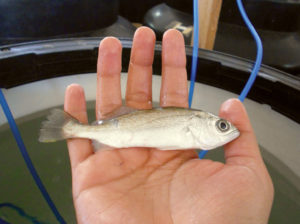
The Gulf corvina (Cynoscion othonopterus) is a fish species of commercial importance that supports a fishery of over 3,000 metric tons (MT) annual production in the Gulf of California off Mexico. Because of the high quality of the fresh fillets and high consumer acceptance in a well-established local market, the Gulf corvina is currently being evaluated as a prospective species for aquaculture in northwest Mexico, where grow-out trials in sea cages and ponds are being conducted.
Euryhaline species
The Gulf corvina is a relative of the red drum (Sciaenops ocellatus) for it belongs to the same family, Sciaenidae. Many members of this family of fish are recognized for being “euryhaline” or capable of tolerating wide ranges of environmental salinity. In this respect, the Gulf corvina is well known for performing a seasonal reproductive migration to the Colorado River Delta in the northern portion of the Gulf of California, where the freshwater Colorado River flows into the gulf and decreases environmental salinity to provide adequate spawning and nursing grounds for this species.
This physiological characteristic can be advantageous for the diversification of production sites at which the fish can be cultured. To evaluate the salinity tolerance of Gulf corvina, the authors exposed juvenile fish to varying levels of environmental salinity.
Experimental study
A six-week study was conducted at the University of Sonora’s Wet Laboratory of Aquaculture Nutrition of the Kino Bay Experiment Station at Kino Bay, Sonora, Mexico. Gulf corvina juveniles with individual mean initial weights of 17.2 grams were stocked into circular 250-L tanks at a rate of 6 fish/tank. Salinity treatments of 5, 15, 25 and 35 ppt, each run in triplicate, were tested in a completely randomized design experiment.
Fifty percent of the water volume in each tank was replaced daily with new clean, filtered water of the corresponding salinity. The overall levels of dissolved oxygen, temperature and pH were maintained at 6.8 mg/L, 26.2 degrees-C and 7.6, respectively – all adequate for fish culture. All fish were fed a commercial feed with crude protein and lipid contents of 46 and 14 percent, respectively.
At the end of the trial, fish were group weighed and counted to estimate growth and survival rates. In addition, blood was drawn from the caudal veins of all fish and centrifuged to separate plasma from cells. Plasma osmolality, an estimation of the concentration of substances in the plasma, was measured with an osmometer. In addition, the osmolality of the culture water was measured.
Plasma osmolality has been shown to be a physiological indicator of osmotic stress in fish. For example, it can be altered rapidly and acutely in fish not able to adapt to changes in salinity, while it tends to remain relatively stable in fish that cope well with variations in salinity.
Results
High survival rates of 83, 89, and 87 and 100 percent were observed in fish held at salinities of 5, 15, 25 and 35 ppt, respectively, without statistical differences among them. The weight gains of the fish, which ranged from 46.4 to 73.3 percent, also reflected no statistical difference among treatments.
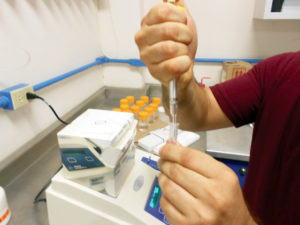
The fact that comparable growth and survival of fish were recorded at all salinities was indicative of adaptation to the varied conditions. This was further supported by the physiological response of the fishes’ plasma osmolality, which, in spite of the increasing osmolality of the culture water at higher salinities, remained nearly constant, as shown in Figure 1. This pattern of stable plasma osmolality and unaltered growth and survival in response to salinity stress is typical of euryhaline fish such as salmonids and some flatfish.
The results of this study, to the authors’ knowledge the first set of data gathered experimentally on the salinity tolerance of Gulf corvina, confirmed the euryhaline nature of the species. As related to aquaculture, euryhalinity offers the advantage of culturing fish at production sites where brackish or low-salinity water is available, either by the sea or even at facilities far away from coastlines.
However, before this becomes a reality, further aspects of the salinity tolerance of this species must be evaluated, such as long-term exposure to varying salinities, preferably with grow-out trials until fish of marketable are obtained, using floating cages or other infrastructure for commercial culture.
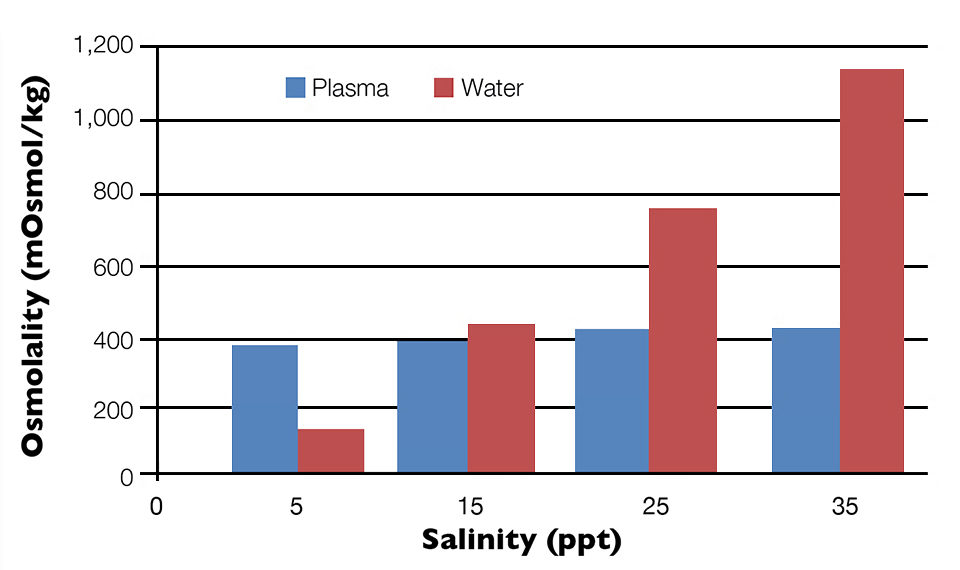
(Editor’s Note: This article was originally published in the November/December 2013 print edition of the Global Aquaculture Advocate.)
Authors
-
Martin Perez-Velazquez, Ph.D.
Departamento de Investigaciones Científicas y Tecnológicas
Universidad de Sonora
Edificio 7-G, Blvd.
Luis Donaldo Colosios/ne/Sahuaripa y Reforma
Col. Centro, C.P. 83000
Hermosillo, Sonora, México -
Mayra Lizett González-Félix, Ph.D.
Departamento de Investigaciones Científicas y Tecnológicas
Universidad de Sonora
Edificio 7-G, Blvd.
Luis Donaldo Colosios/ne/Sahuaripa y Reforma
Col. Centro, C.P. 83000
Hermosillo, Sonora, México -
Perla Urquidez-Bejarano, B.S.
Departamento de Investigaciones Científicas y Tecnológicas
Universidad de Sonora
Edificio 7-G, Blvd.
Luis Donaldo Colosios/ne/Sahuaripa y Reforma
Col. Centro, C.P. 83000
Hermosillo, Sonora, México -
Christian Minjarez-Osorio, M.S.
Departamento de Investigaciones Científicas y Tecnológicas
Universidad de Sonora
Edificio 7-G, Blvd.
Luis Donaldo Colosios/ne/Sahuaripa y Reforma
Col. Centro, C.P. 83000
Hermosillo, Sonora, México
Tagged With
Related Posts
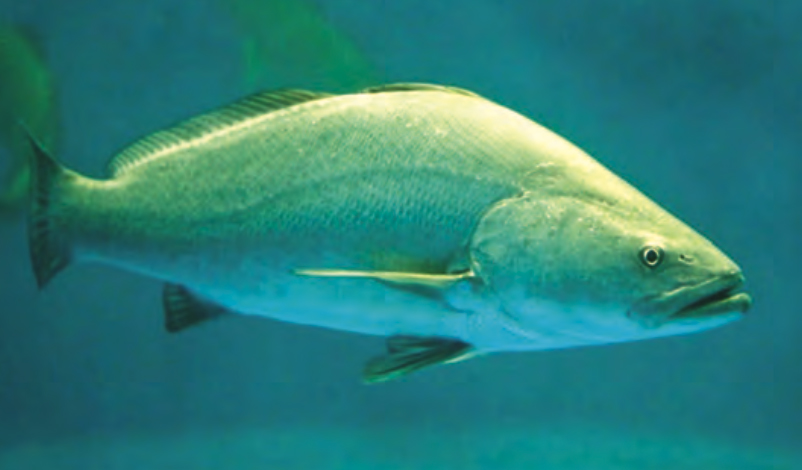
Responsibility
Aquaculture gives endangered totoaba a fighting chance
The tenuous fate of a pint-sized porpoise, the critically endangered vaquita, is linked to a fish targeted by poachers fueling China’s appetite for maws. The vaquita remains in peril, but aquaculture presents some hope for the totoaba.

Health & Welfare
Ammonia toxicity degrades animal health, growth
Ammonia nitrogen occurs in aquaculture systems as a waste product of protein metabolism by aquatic animals and degradation of organic matter, or in nitrogen fertilizers. Exposure can reduce growth and increase susceptibility to diseases in aquatic species.

Aquafeeds
A look at phospholipids in aquafeeds
Phospholipids are the major constituents of cell membranes and are vital to the normal function of every cell and organ. The inclusion of phospholipids in aquafeeds ensures increased growth, better survival and stress resistance, and prevention of skeletal deformities of larval and juvenile stages of fish and shellfish species.
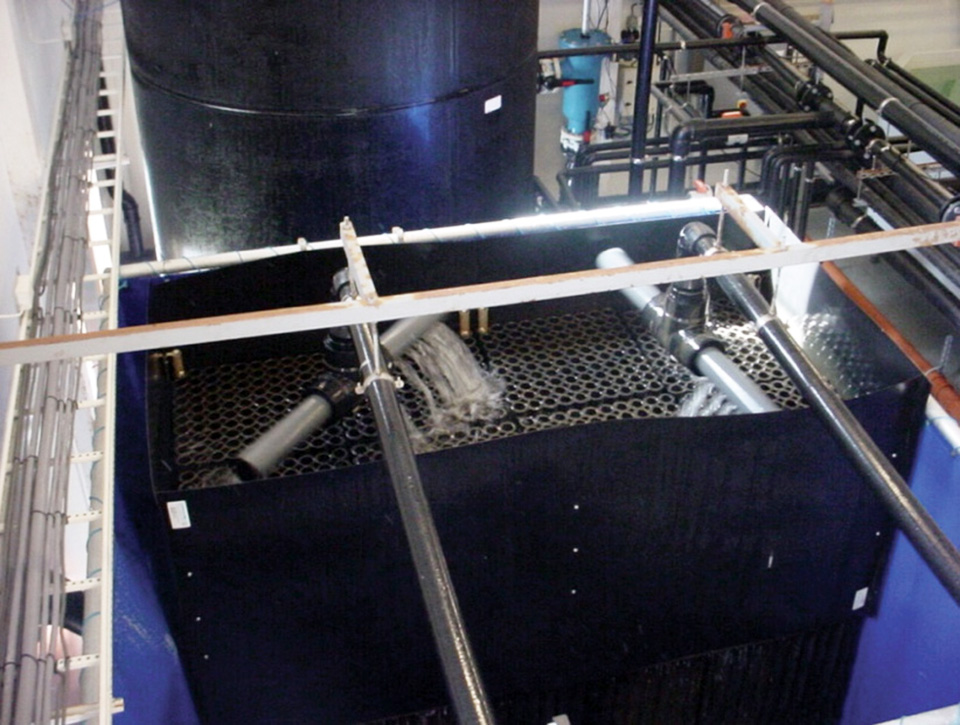
Innovation & Investment
A review of unit processes in RAS systems
Since un-ionized ammonia-nitrogen and nitrite-nitrogen are toxic to most finfish, controlling their concentrations in culture tanks is a primary objective in the design of recirculating aquaculture systems.


